10 Invisible String Theory The Hidden Science or Magic Behind the Connections We Feel
Introduction to Invisible String Theory
People tend to describe feeling linked to someone they hardly know, invisible string theory and feeling a connection with no reason or rationale. It could be the random déjà vu, encountering someone who feels like an old buddy, or having that sense that a loved one needs you when thousands of miles are in between these feelings indicate that there are invisible strings. Invisible String Theory is the concept that without our knowledge, threads connect us emotionally, spiritually, or energetically. Is this merely poetic metaphor, or is there secret science behind these experiences?
In this article, we will discuss what Invisible String Theory is, how psychology, quantum concepts, and spirituality could possibly add to it, and whether our most profound connections are through luck, destiny, or something more profound. We’ll look at evidence and opinion that obfuscates the line between science and magic. Continue reading to learn about ten facets of these unseen bonds, followed by FAQs to answer common questions, and a conclusion that brings it all together.
What is Invisible String Theory?
Invisible String Theory is the hypothesis or theory that unseen strings—energetic, emotional, or spiritual—are what link individuals over distances, time, and even what appear to be impossible separations. They are metaphorical “strings,” but many say they feel as if they exist. Some say they symbolize love, attachment, or destiny; others suggest tangible energetic or quantum connections that have not been fully explained by science. It exists in the realm of metaphorical language, emotional reality, and scientific inquiry.
Science vs. Metaphor
Scientifically speaking, invisible strings are not objects, but could represent psychological entities such as attachment theory, mirror neurons, or even nonlocality in physics. Figuratively, they are a way of explaining human experience: how connections grow deep, last long, and even withstand absence.
Historical Roots and Mythology of Invisible Connections
Almost every culture has myths or legends of invisible ties. In Norse myths, the notion of two souls bound by threads was seen in stories about destiny. In Chinese philosophy, “the red thread of fate” binds people destined to encounter one another. Hindu and Buddhist faiths describe karmic connections across lifetimes—attachments from previous lives that can impact current relationships.
Throughout history, humans have relied upon tales to account for emotional connection, foreboding, and inexplicable chemistry. Invisible strings result from these legends as instruments of explanation for profound affinity love, amity, or even hatred—that cannot be logically accounted for.
Psychological Explanations: Attachment, Empathy, and Intuition
Psychologists investigate how a sense of invisible connections could be a product of early attachment patterns. Someone with secure attachment tends to perceive feelings of emotional closeness quite readily; someone with anxious attachment may feel strained by perceived distancing or invisible tugs. Empathy—the brain’s capacity to experience or empathize with others’ emotions also has a big part to play.
Intuition occurs when the unconscious mind interprets signals before the conscious awareness—tone of voice, body language, pheromones and transmits feelings that resemble unseen threads connecting us. Cognitive neuroscience demonstrates mirror neurons firing when seeing emotions in others, which can lead to an emotion of being connected to someone without direct communication.
Quantum Physics and Entanglement: Science in Support?
Quantum mechanics provides interesting analogies to Invisible String Theory. Quantum entanglement demonstrates how particles can be connected over distance when anything occurs to one, the other reacts in the blink of an eye, no matter where it is. While human beings are not quantum particles in this sense, some theorists ponder whether consciousness or fields of experience may have nonlocal properties.
Physicists are still dubious; no empirical evidence has been found to indicate quantum entanglement works on the scale of relationships. Nevertheless, the analogy stokes interesting discussions: can consciousness, spirit, or feelings act like quantum fields or entangled systems? It’s conjectural, but an interesting exercise for thought.
Spiritual and Mystical Views of Connection
Spiritual traditions tend to claim that souls or spirits meet in ways transcending the body. Mystics write of twin flames, soulmates, and spiritual paths that tie people through birth and death. Energy healers expect emotional, etheric, or spiritual bodies to have lines of influence—even when physical proximity is lost.
Meditation, prayer, ritual, and ceremony are all means by which individuals acknowledge or reinforce these invisible threads. Most accounts of synchronicity or dream guidance imply spiritual dimensions that occur like invisible threads intertwining life.
Synchronicity, Coincidence, and the Role of Fate
Carl Jung coined “synchronicity” to describe meaningful coincidences that seem too precise to be random. Seeing repeated numbers, thinking of someone before they call, or unplanned meetings that change courses of life—these can feel like invisible strings tightening or pulling. Some interpret these as fate or destiny guiding connections.
Coincidences, although scientifically probable, tend to carry a sense of meaning due to humans’ pattern-seeking nature. Our brains seek out connection, narrative, and meaning. Whether or not fate can be said to exist, the phenomenon of synchronicity influences the way we perceive our connections bestowing them with a magical or meaningful sheen.
How Invisible Strings Show in Everyday Life
Invisible strings appear in understated form: an intuitive sense of someone’s mood, knowing without understanding, dreams, persistent thoughts, telepathic-like experiences, even emotional recovery when out of touch. We might feel another’s happiness or suffering from a distance, react to unseen needs, or inexplicably be attracted to complete strangers.
These signals usually misinterpret as coincidence but can imply deeper patterns of relationships or sensitivity to energy. Paying attention to them encourages individuals to notice and cultivate significant connections they would otherwise overlook.
Healing, Trauma, and the Reweaving of Invisible Strings
Trauma can snap or warp unseen strings. When attachment is wounded—betrayal, loss, emotional sickness those strands can fray. Healing usually means reconnecting: therapy, forgiveness, self-awareness. Reweaving these unseen strings requires reviving trust in connection, rebuilding emotional strength, and recognizing that even snapped strands can still have energy and possibilities for growth.
By working with trauma, individuals tend to describe themselves as feeling more in touch with unseen strings—finding meaning in challenge, deepening compassion, and valuing relationships that last in the face of challenge.
The Function of Consciousness and Energy Fields
Others suggest that consciousness itself generates energy fields—auras, vibrations, frequencies—that bind us together. Ideas such as electromagnetic communication, mass consciousness, or the morphogenetic field (as Rupert Sheldrake hypothesizes) assume that thoughts, emotions, or awareness transcend our brains, binding us inextricably.
Though empirical science has not validated energy fields of this interpersonal kind, most people report subjective phenomena—perceiving someone’s presence when they think about them, picking up on a room’s energy. These imply consciousness extends past individual, physical limitations.
How to Reinforce or Respect Your Invisible Strings
Practice presence and active listening: Complete engagement creates stronger emotional connections.
Mindful rituals: Mutual rituals, no matter how simple, respect invisible strings.
Show vulnerability and appreciation: Talking feelings allows invisible strings to solidify.
Healing work: Therapy, meditation, or journaling to repair frayed connections.
Develop empathy and intuition: Develop sensitivity to nonverbal signals.
Keep spiritual or meaning practices: Prayer, meditation or ritual can deepen sense of connectedness.
FAQs
Q1: Is Invisible String Theory scientifically proven?
A1: No. Although some psychological and quantum ideas look like it, there is no concrete proof that invisible strings are physical entities. Most of it still stays metaphorical and experiential.
Q2: Can invisible strings produce unhealthy or toxic bonds?
A2: Yes. Connection is not necessarily a health guarantee. Invisible strings can bind us to draining or hurting people. Identifying and letting go of unhealthy connections may be a part of growth.
Q3: Do imaginative or spiritual people sense invisible strings more intensely?
A3: Frequently yes. Individuals who are highly empathetic, spiritual, or imaginative might be more likely to see feelings or coincidences as connection than others.
Q4: How does one distinguish intuition and imagination?
A4: Intuition usually feels instantaneous, emotionally lucid, at times physically sensed (a “gut” feeling). Imagination tends to engage more visual, storytelling thinking and may recycle concepts. Mindfulness practice through discernment assists.
Q5: Can distance weaken or tighten invisible strings?
A5: Both. Distance can test communication and tangibility, weakening certain threads. But absence sometimes heightens yearning, gratitude, and emotional connection, tightening invisible strings subtly.
Q6: Are invisible strings the same as twin flames or soulmates?
A6: They intersect. Twin flames and soulmates are metaphors in spiritual systems referencing intense invisible connections. Invisible strings is more general—it might extend to friendships, family relationships, mentors, even pets.
Q7: Might scientific progress ever quantify invisible strings?
A7: Possibly in the future. Research into brain synchrony, neural resonance, energetic fields, or collective consciousness could provide measurable data. But current science is nascent.
Q8: How do cultures differ in their understanding of invisible connections?
A8: Greatly. Some cultures view fate, spirit, or karmic bonds as central, using stories and rituals. Others emphasize psychological connection or relational dynamics. Interpretation depends on cultural, religious, and personal beliefs.
Q9: Might invisible strings aid in healing from loss or bereavement?
A9: Yes. Trusting in continued connection—sensing presence, holding love—can be comforting. Rituals, memories, or symbolic actions typically call upon the presence of invisible threads through loss.
Q10: Should I attempt to consciously develop invisible connections?
A10: If it feels substantial, yes. With truthful communication, empathy, being present, gratitude, and reflection, one can cultivate deeper connection. But also necessary: boundaries, self-care, and discernment are important.
Conclusion
Invisible String Theory treads the intriguing tightrope between poetry, psychology, science, and spirituality. As empirical science cannot yet validate the presence of literal unseen strings connecting hearts and minds, human experience of them is beyond denial. We all experience love, loss, synchronicity, intuition, and empathy—factors that suggest something beyond what strictly physical explanations permit. These strings—whether metaphor or half-perceptible energetic currents—determine how we connect, heal, and recall.
Our personalities
Early attachments, awareness, spiritual beliefs, and even quantum metaphors weave the invisible tapestry that unites us. Invisible strings remind us that we are not isolated units—that our emotional lives ripple beyond our own skins. They urge us to foster connection, respect our vulnerability, and celebrate the coincidences that feel too meaningful to be random.
Respecting unseen strings means respecting ourselves and others: telling truth, loving extravagantly, listening profoundly. It means being in practice gratitude for the people that form us, including for those whose presence we no longer physically experience. And if sometimes those threads feel worn thin, it means forgiving ourselves permission to mend to relearn connection, rebuild, or let go of what no longer serves.
Ultimately
Whether or not invisible strings are scientific phenomenon, spiritual reality, or lovely metaphor or some ineffable combination—what’s important is their effect. They instruct us that connection, of all things, defines identity, meaning, and hope. And maybe that’s the magic we’re all looking for.
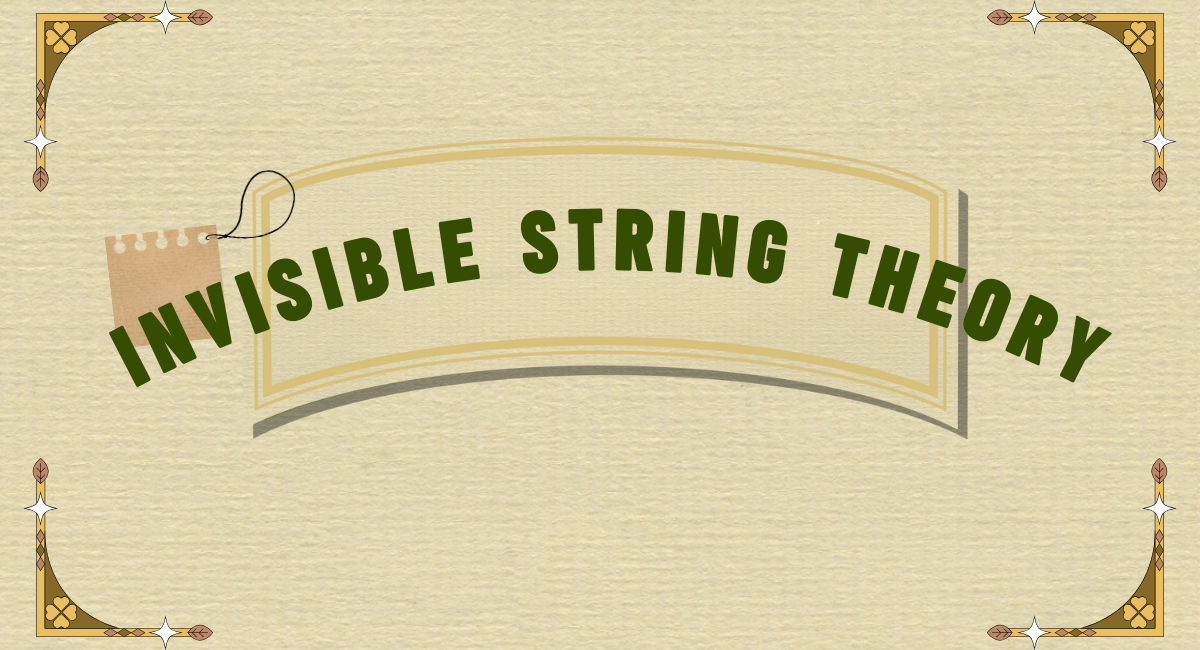
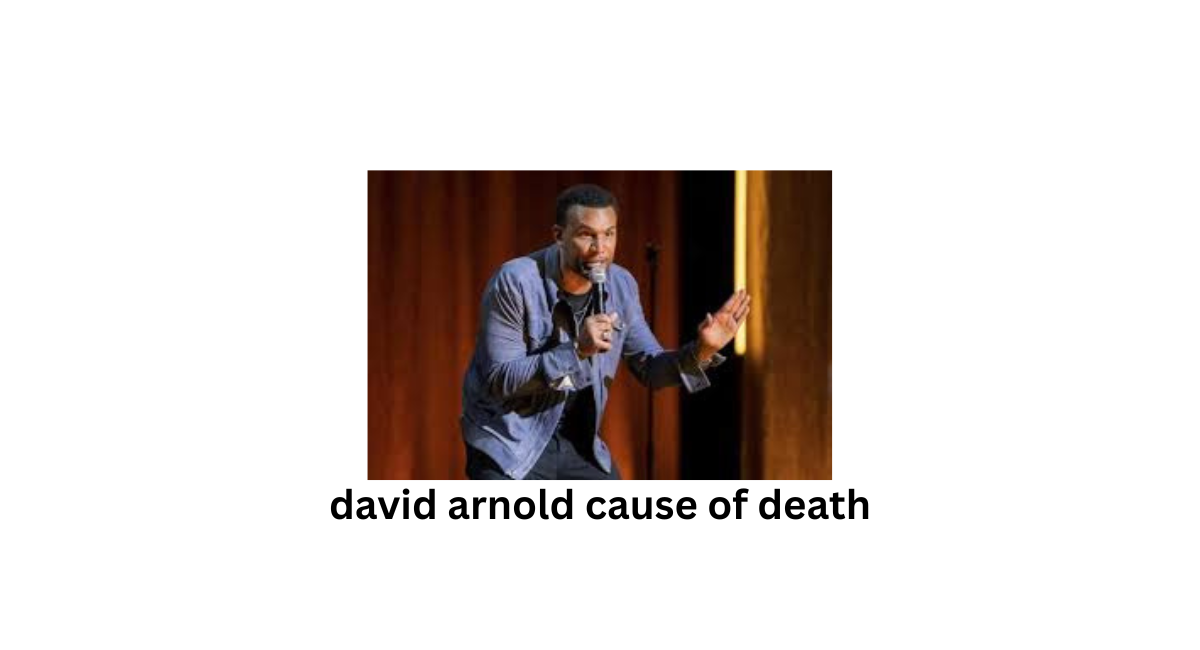

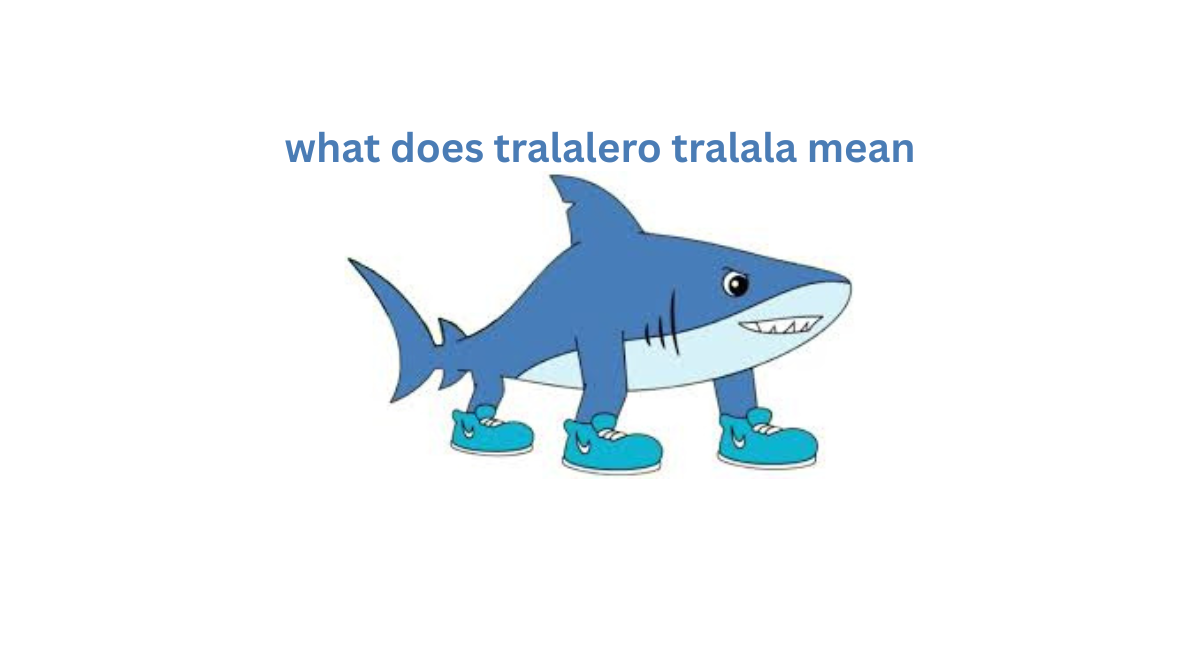
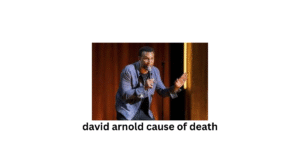







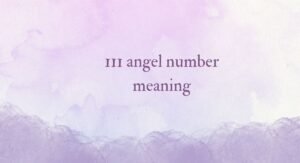
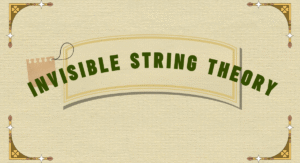
Post Comment